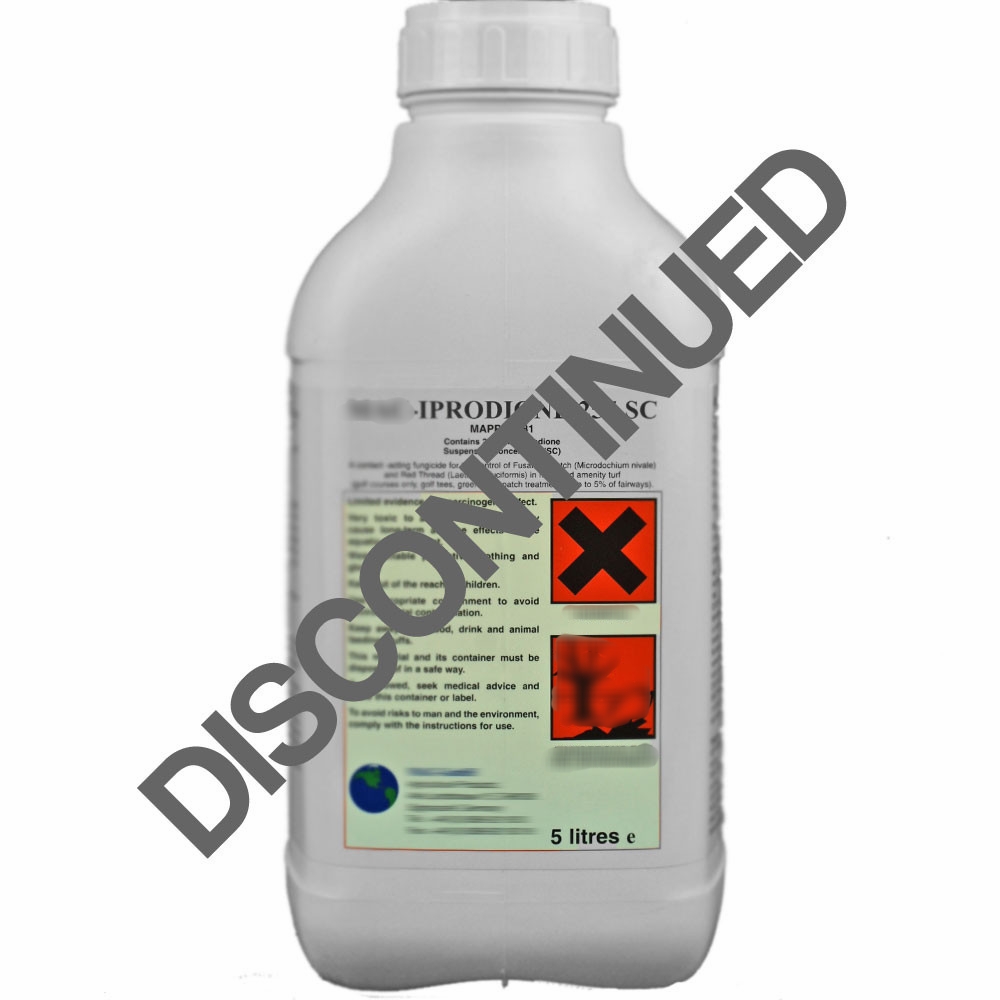Downy Mildew is a disease of grapevines that can be hard to understand. In this video James Hook , the long time CropWatch editor, explains how the disease gets from the soil to your vines, and how it becomes a damaging problem.
Ryegrass is rapidly taking over as the key resistant weed in vineyards /
For more information you can contact us though our contact page.
How to ID eutypa lata - dead arm /
Now is the perfect time to be out in the vineyard looking for Eutypa symptoms. These here are normal, healthy Shiraz shoots, and have we got on the corner you can start to see there are some symptoms here, in these shoots. I've seen these stunted shoots with leaf cupping and you'll also see, from time to time, these necrotic lesions on the edge of the leaf and they can cup leaves. These are the classic symptoms of Eutypa infection in the vine.
How to renovate a "run down" vineyard - with James Hook & Derek Cameron /
Shiraz renovation project. How to fix a run down vineyard.
Read More2018 Wine Grape Crush Data /
James looks at the 2018 vintage crush data. What's up, what's down... 3min video
The reported harvest from McLaren Vale was 35,650 tonnes in 2018, compared with 44,153 tonnes in 2017 – a decline of 19%.
Over the past five years, the average crush has been 36,408 tonnes. This year’s vintage was very similar to the average. The largest reported crush in the past five years was the 2017 crush while the smallest was 28,434 tonnes in 2015.
The total estimated value of the fruit was $60 million, down from $71 million in 2017, reflecting the decreased tonnage. Overall, average prices increased by 6% for red varieties and 5% for white varieties.
The average price of Shiraz increased by 7% to $1869 per tonne – the highest since 2008, while Cabernet Sauvignon also increased by 7%, reaching a record price of $1677 per tonne. The average price for Chardonnay increased by 10% to $781 per tonne.
Download the full report here: http://vinehealth.com.au/industry/sa-winegrape-crush-survey/
Dry soils = demand for good soil moisture information /
ICYMI: This week Derek Cameron and Joe Siebert both presented on the use of moisture sensors to avoid water stress.
We are about to install 50x new moisture probes to get them operational before the grape and horticulture season begins. This is the highest amount in a month since we started the service back in 2007.
There is huge interest in soil moisture levels!
This season we have been defient in rainfall.
Consider the role evapotranspiration has in soil moisture. On many occasions so far this year the daily evapotranspiration rate has been higher than the daily rainfall.
We have a net loss of soil moisture when the daily evapotranspiration rate is greater than our daily rainfall. When rainfalls and it is less than the daily evapotranspiration rate it gets used up by plants or lost through evaporation and doesn’t increase soil moisture.
The volume of rainfall is not enough to go past the immediate topsoil.
We have a net loss of soil moisture through long periods of this year.
An measure of rainfall I have charted “effective rainfall” which is the daily rainfall vs. daily evapotranspiration - ABOVE. Unless the blue daily rainfall (mm) column is greater than the orange Evapotranspiration (mm) column than there was a net loss of soil moisture for that day.
Irrigation at budburst is being recommended by many "in the know" to make up for this shortfall.
Contact James Hook for more information - james@djsgrowers.com.au
Soil types of the McLaren Vale Wine Region /
Sand (11% of the McLaren Vale Wine Region - mainly located in Blewitt Springs and McLaren Flat)
PIC: Sandy soil with clay and gravel at 1.0 metres depth. Did you know? Sandy soils generally have clay/gravel underneath, sometimes this is at greater than 3 m depth, and often vineyards on the tops of hills have more vigour than those at the bottom!
NOTES:
Topsoil: sandy with a gravelly and bleached horizon.
Subsoil: yellow and red sandy clay loam to clay.
Drainage: well drained but seepage can occur in the gravel layer above the clay, creating a subsoil waterlogging problem.
Natural fertility: Low. Cation capacity is low. Organic carbon is often very low.
Salinity and sodicity issues: generally not an issue but localised salinity can be introduced by seepage water.
Black Heavy Clay - "Bay of Biscay" (7% of the McLaren Vale Wine Region)
PIC: Heavy black, cracking Biscay Clay.
NOTES:
Topsoil: black cracking clay (sometimes self-mulching) with increasing amounts of soft carbonate.
Subsoil: black clay grading to grey-green heavy clay.
Drainage: imperfect and leaching of salts can be an issue.
Natural fertility: deep and inherently fertile but difficult to work, especially when wet.
Salinity and sodicity issues: are possible in these soils with some naturally saline and/or sodic. Irrigating with marginal water can make these problems worse.
Other: boron toxicity problems are possible in these soils.
Loam over red clay - "Urrbrae Loam" (26% of the McLaren Vale Wine Region)
PIC: The famous Urrbrae soil.
Topsoil: silty loam to silty clay loam.
Subsoil: red clay with increasing soft carbonate at depth.
Drainage: moderately well drained.
Natural fertility: deep and inherently fertile.
Salinity and sodicity issues: soils are generally not naturally saline or sodic but problems can occur due to the accumulation of salt from irrigation water. Often vineyards with these soils are irrigated with bore water.
Other: Main limitations are related to poor structure due to the high silt content of the surface soils and susceptibility of the upper part of the profile to compaction. These soils compact with repeated tractor driving.
“Terra Rossa” like soil (20% of the McLaren Vale Wine Region)
PIC: Terra rossa (means red soil in italian) soils occur many areas of the world. Compared to most clayey soils, terra rossa has good drainage characteristics. This makes it a popular soil type for food and wine production. Among other wine regions, it is found in La Mancha in Spain and the Coonawarra locally.
Topsoil: clay loam increasing clay content.
Subsoil: highly calcareous clay loam to clay.
Drainage: well drained.
Natural fertility: moderate to high fertility.
Salinity and sodicity issues: SImilar to Urrbrae soil, salinity or sodicity problems can occur due to the accumulation of salt from irrigation water.
Sandy loam over brown clay - "Gilgai" (24% of the McLaren Vale Wine Region)
PIC: Soil from near Rifle Range rd, between Willunga and McLaren Vale.
Topsoil: grey massive sandy loam grading to bleached loamy sand.
Subsoil: brown mottled poorly structured clay with soft carbonate at depth.
Drainage: imperfectly drained.
Natural fertility: shallow with moderate fertility.
Salinity and sodicity issues: soils are not naturally saline but due to the poor drainage and sodic nature of the clay, salts can accumulate in the top clay layers and cause salinity issues.
Other: Water can perch on the poorly structured subsoil clay saturating the upper profile for up to several weeks after prolonged rain.
NOTES BY JAMES HOOK - DJ's
Iprodione update: change for Vintage 2019. /
During the last growing season (2017/18) a European Union decision was taken to withdraw authorisations for plant protection products containing iprodione as an active constituent. You would know iprodione for its use as a late season Botrytis product for use in grapes (Rovral, Corvette, Ippon etc).
The latest information from the AWRI is that iprodione not be applied to wines targeted for export markets (published in their latest Dogbook), many wineries have now determined that products containing iprodione can no longer be applied to grapes destined for export.
It is not recommended to use iprodione unless you are only selling wine domestically.









